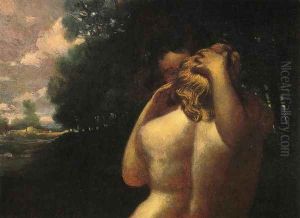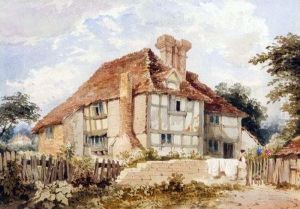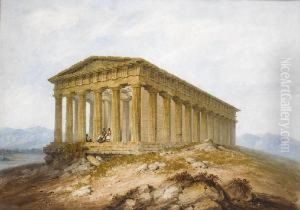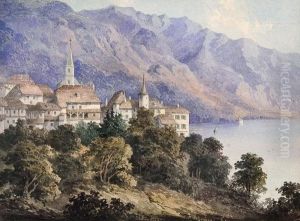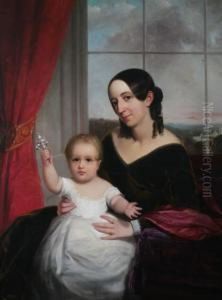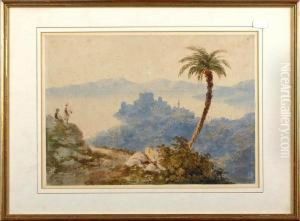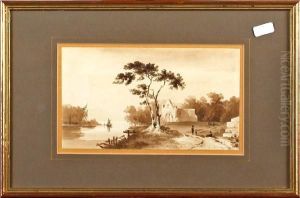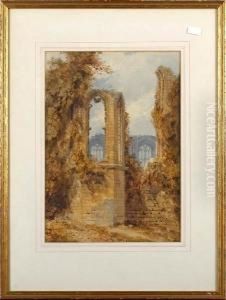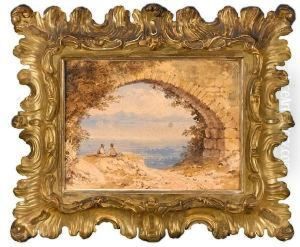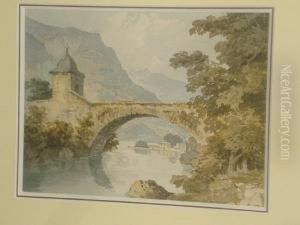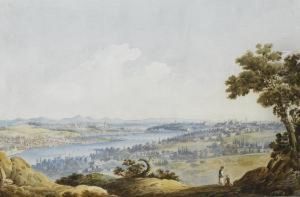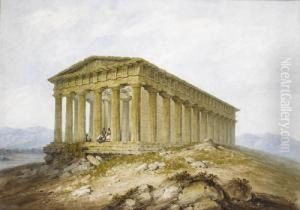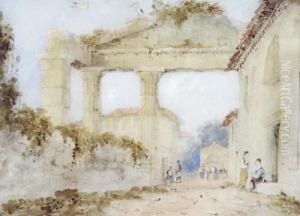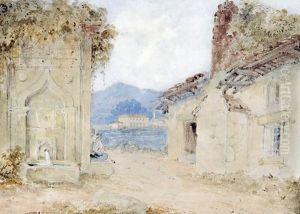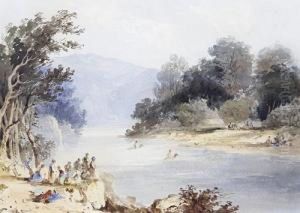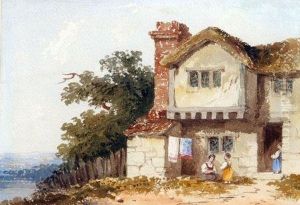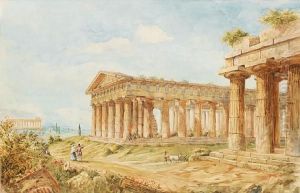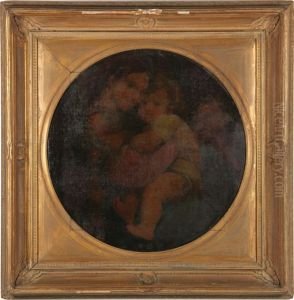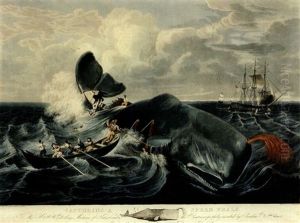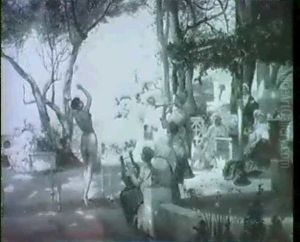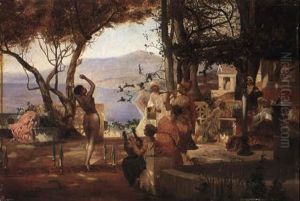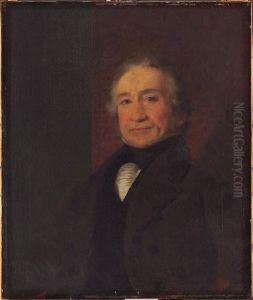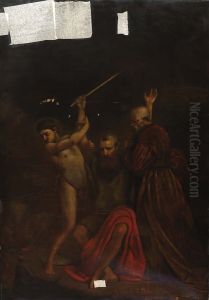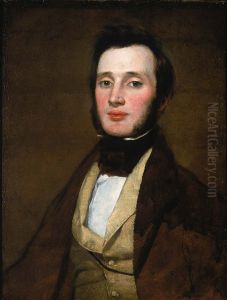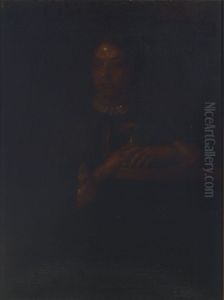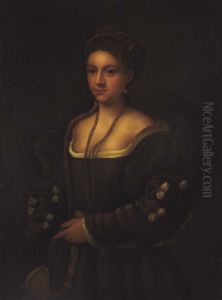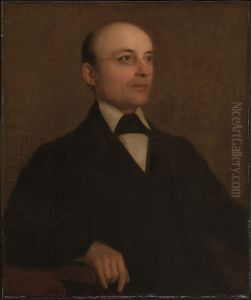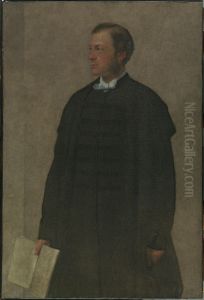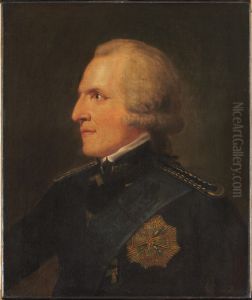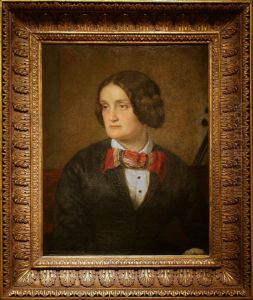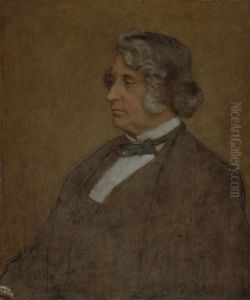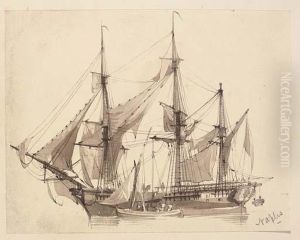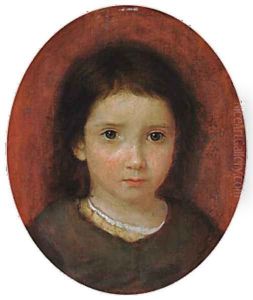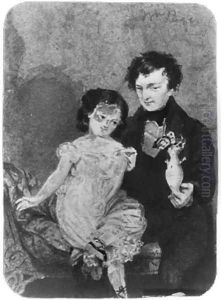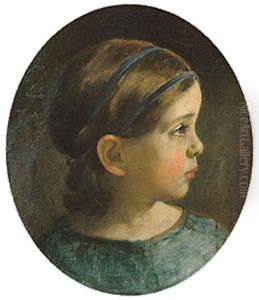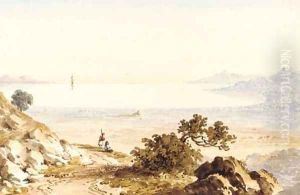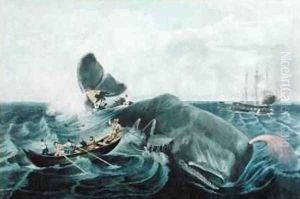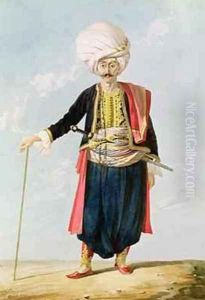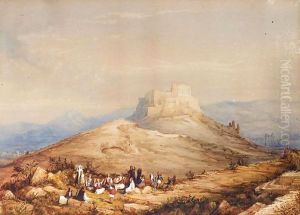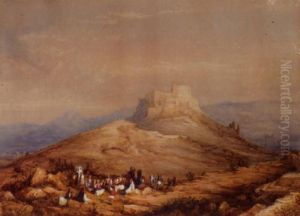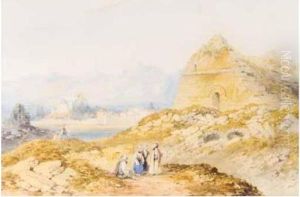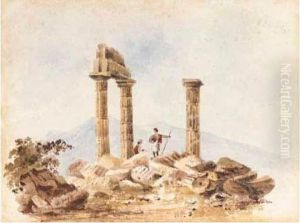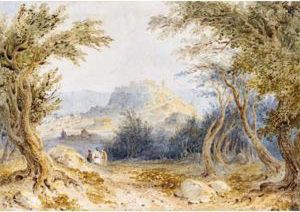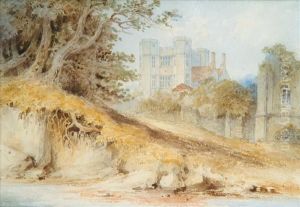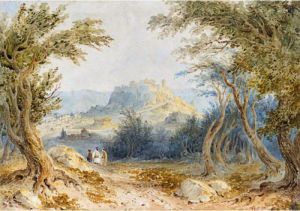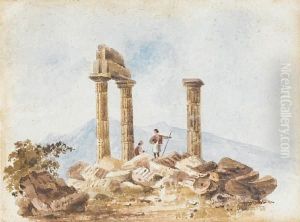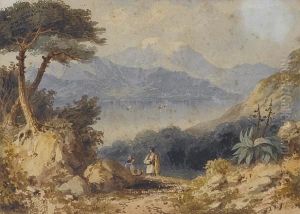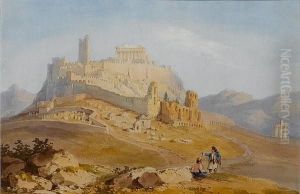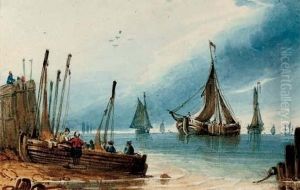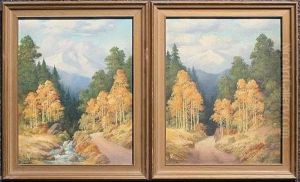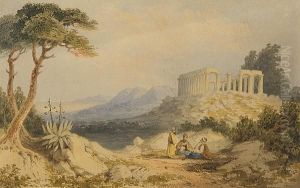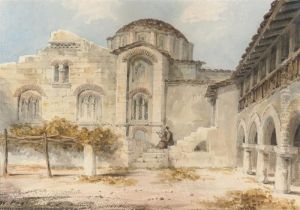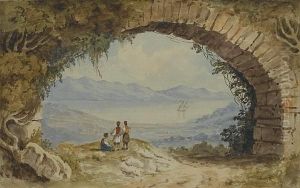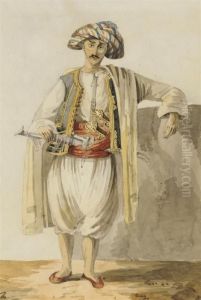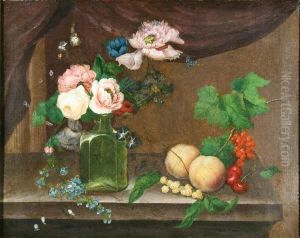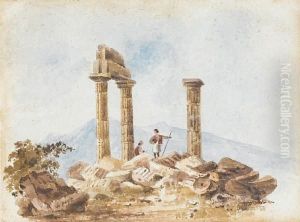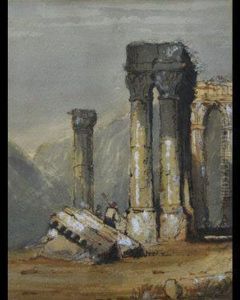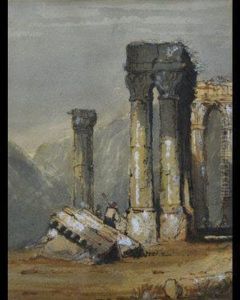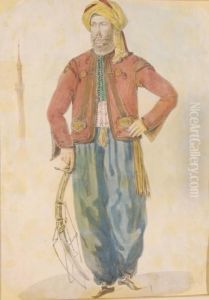William Page Paintings
William Page was an American painter known primarily for his portraits and historical scenes. Born in Albany, New York, in 1811, Page showed artistic talent at an early age. He studied under the esteemed artist James H. Cafferty and subsequently under the well-known Samuel F.B. Morse, who was an artist before inventing the telegraph and Morse code.
Page's early works were generally historical scenes, but he became famous for his portraits. He painted notable figures of his time, including President Millard Fillmore and poet Henry Wadsworth Longfellow. His style was characterized by the use of chiaroscuro and a dramatic use of light and shadow, influenced by the works of the Italian Renaissance, particularly the paintings of Titian, whose techniques he admired and emulated.
In the 1850s, Page spent several years in Italy, where he studied the old masters and honed his technique. His time in Europe was formative, as he was exposed to the rich traditions of European art. He became an ardent admirer of the Venetian school of painting, which had a lasting impact on his approach to color and composition.
Upon his return to the United States, Page became a central figure in the American art scene. He was involved in the establishment of various art organizations and served as the president of the National Academy of Design for a brief period. Despite his success, Page's later career was marked by financial difficulties and a decline in popularity. His experimentation with new styles and his insistence on the 'truth' of nature, which led him to sometimes challenge the accepted norms of portraiture, did not always resonate with the public or critics.
Page's contributions to American art were significant, and his works are held in major collections, including the Metropolitan Museum of Art in New York and the Smithsonian American Art Museum in Washington, D.C. He passed away in 1885, leaving behind a legacy of work that captures the spirit of an era and the personalities of its prominent figures.
